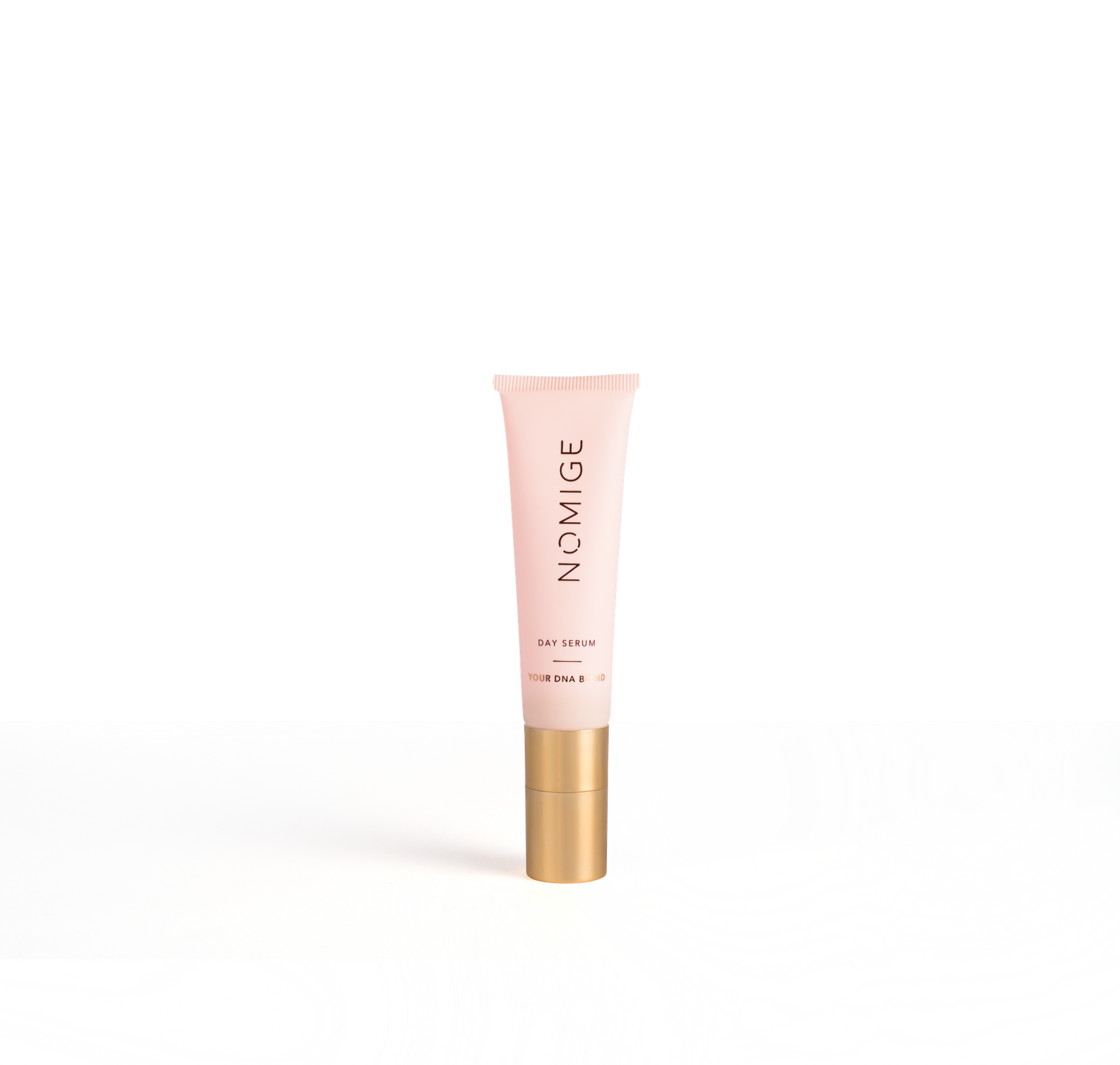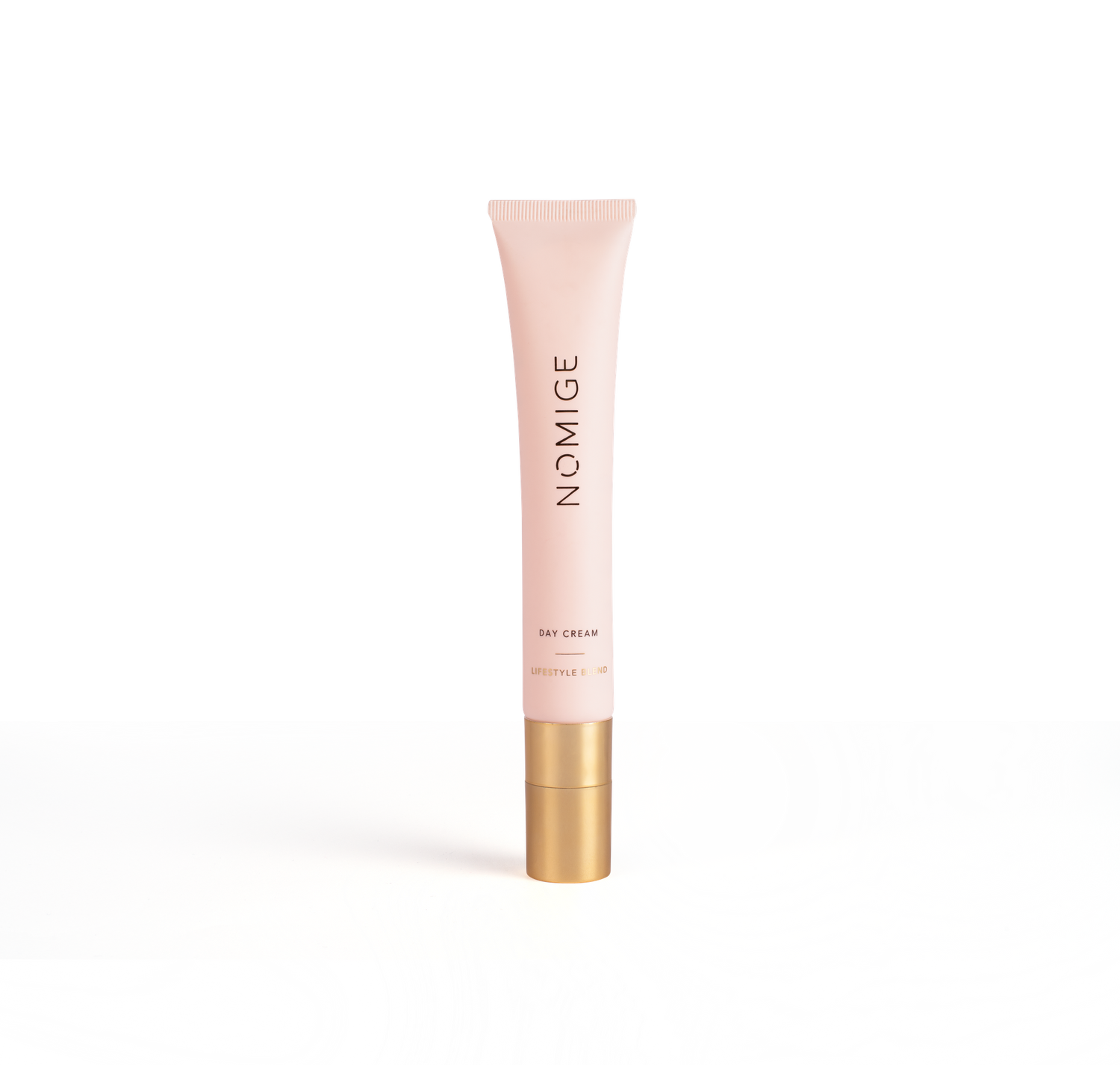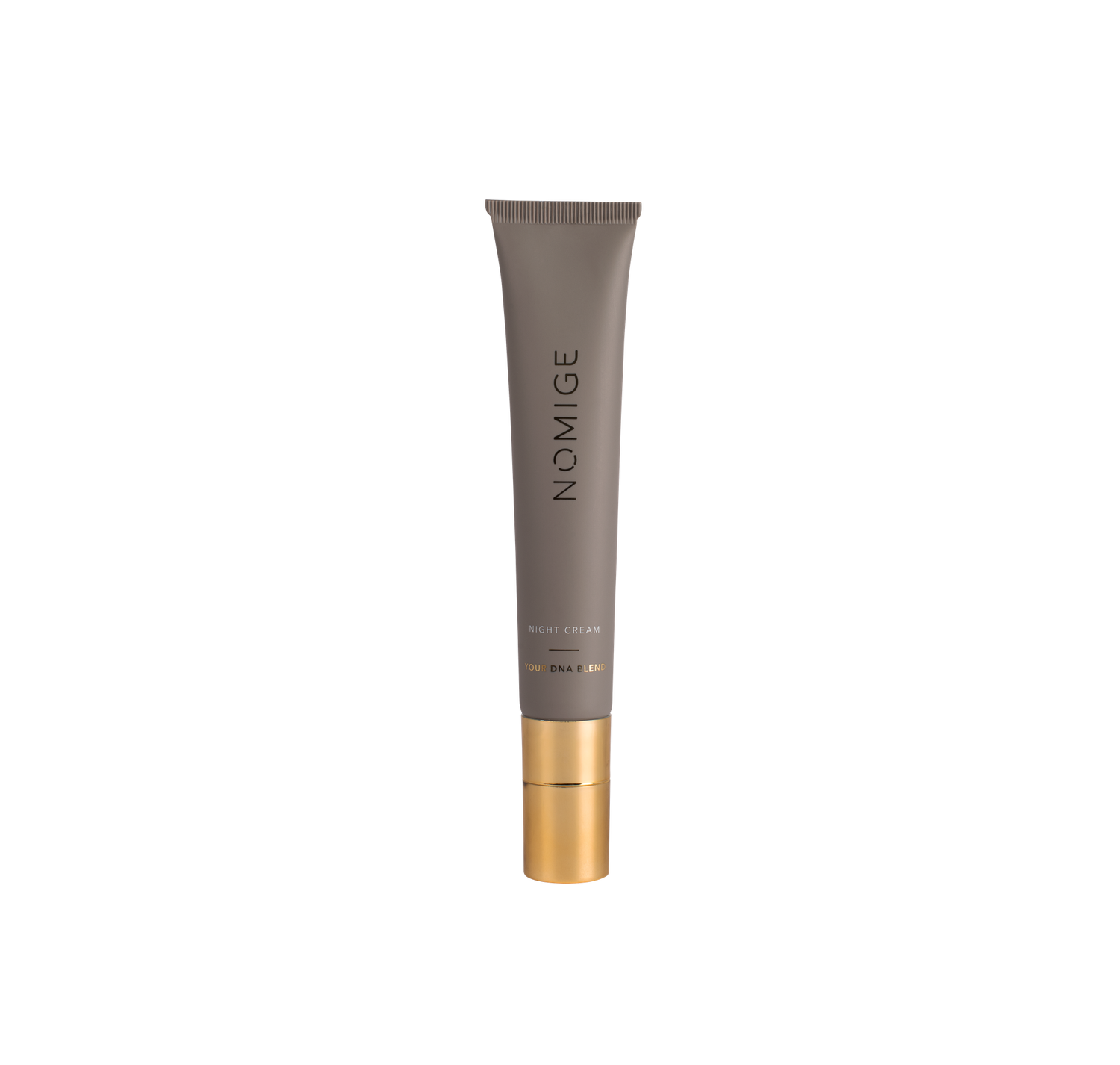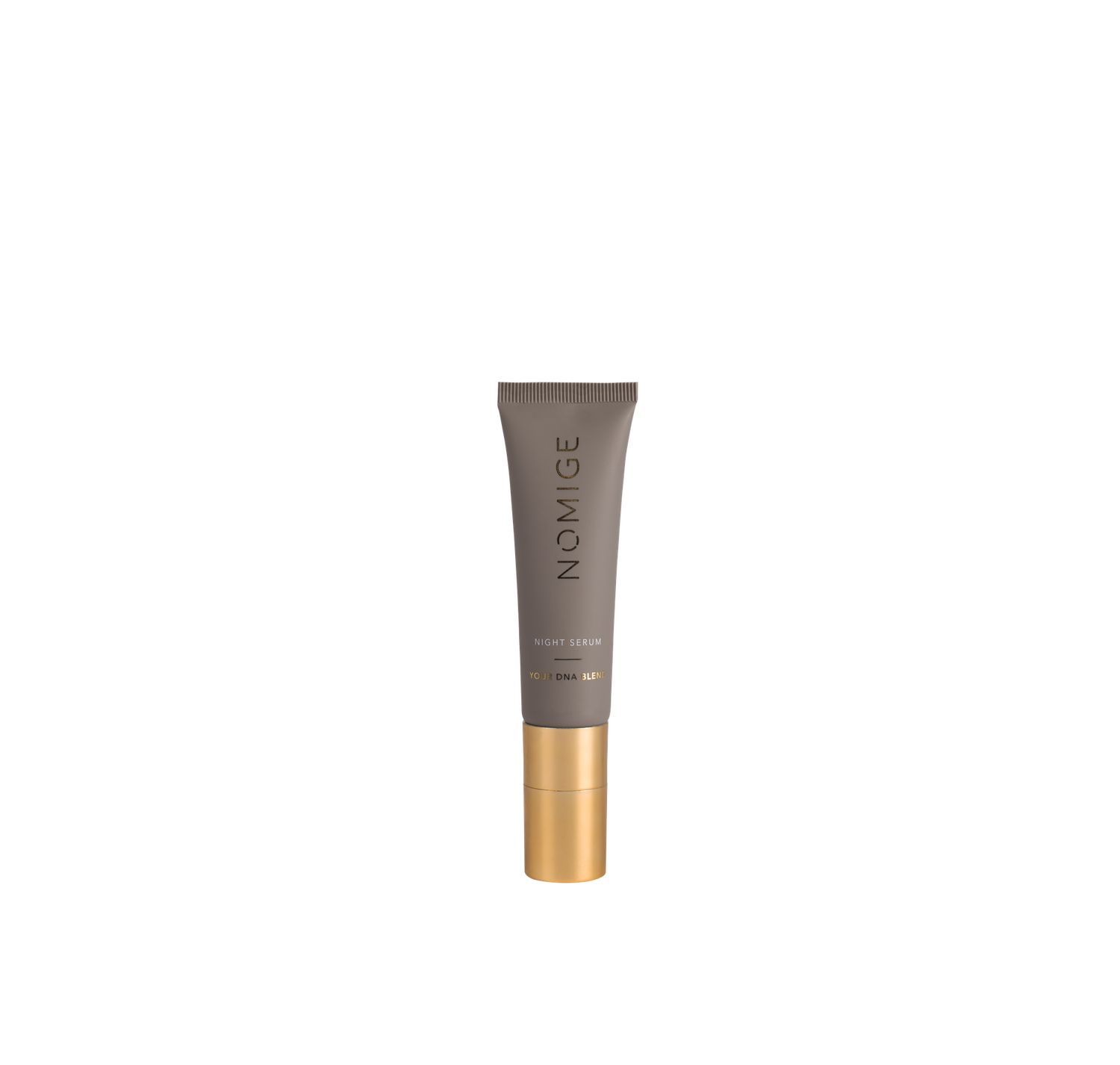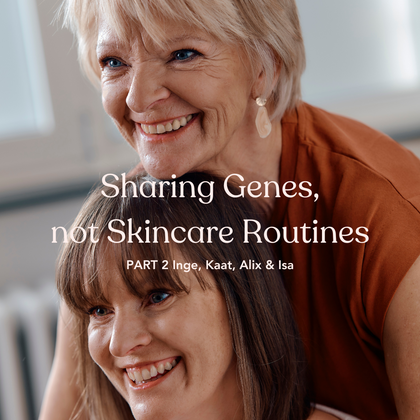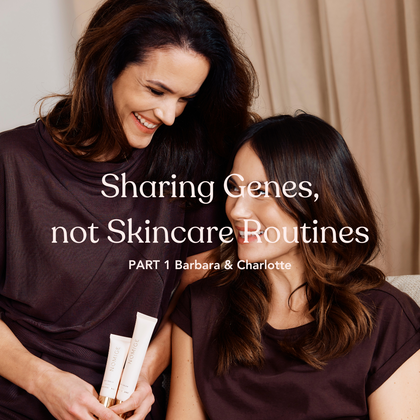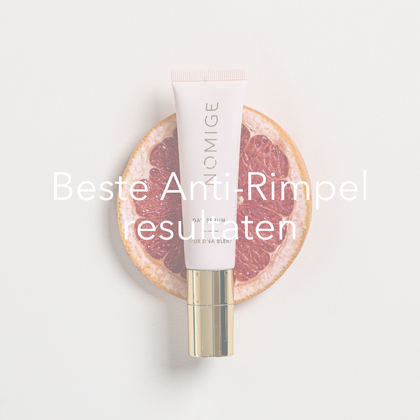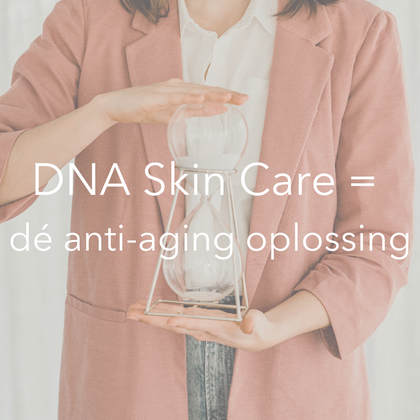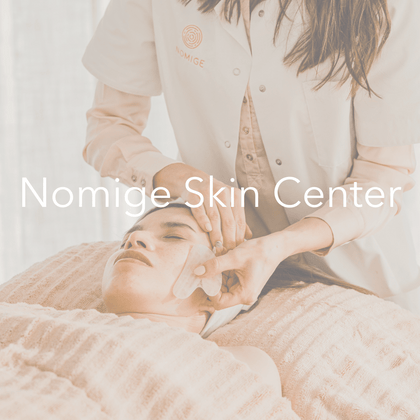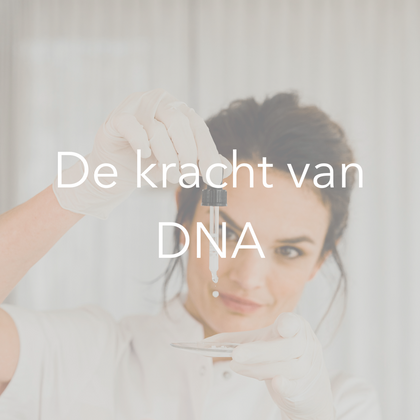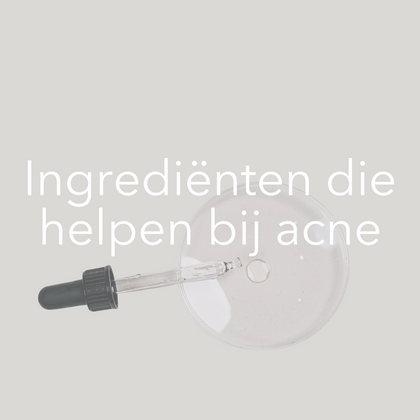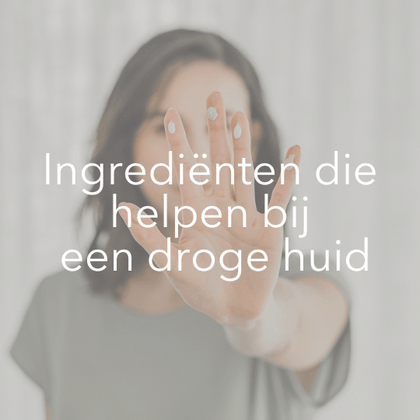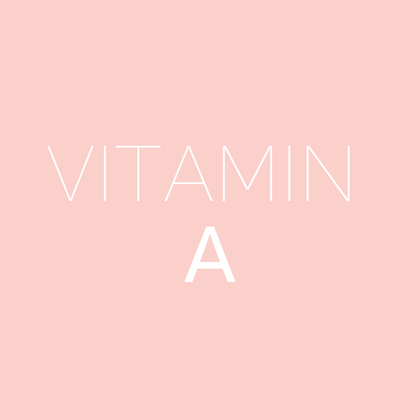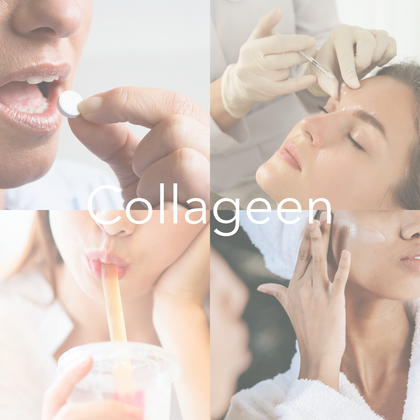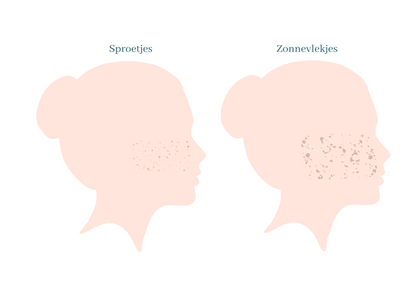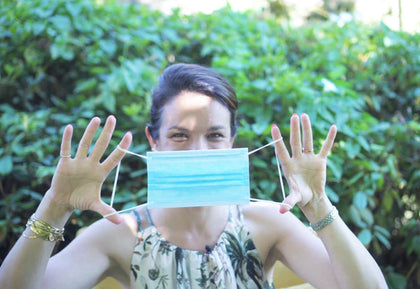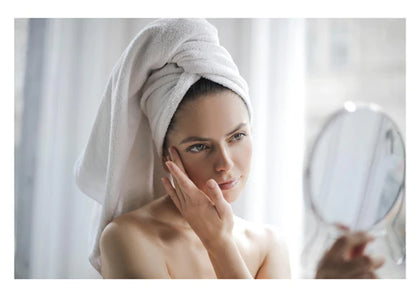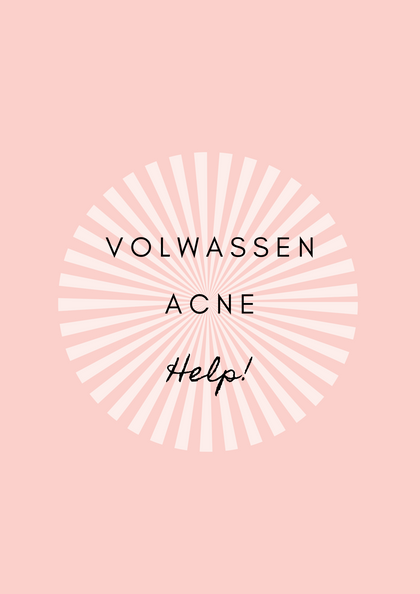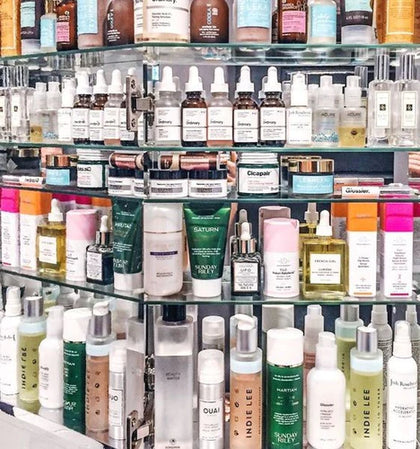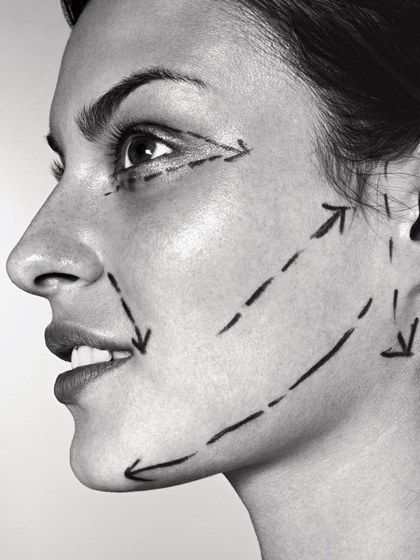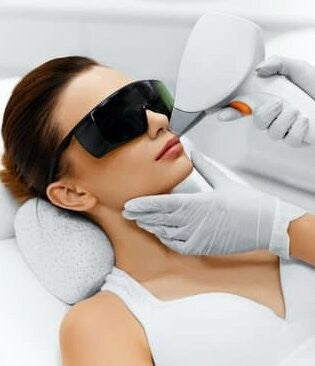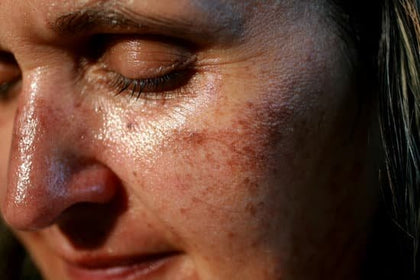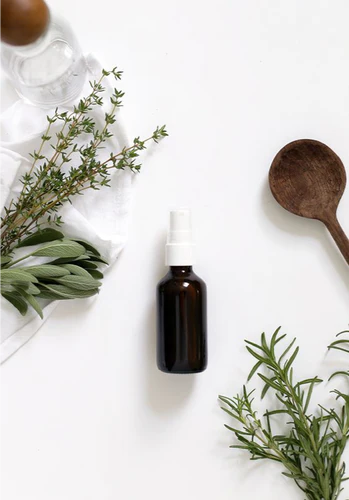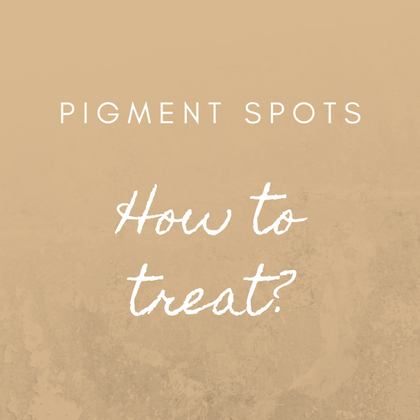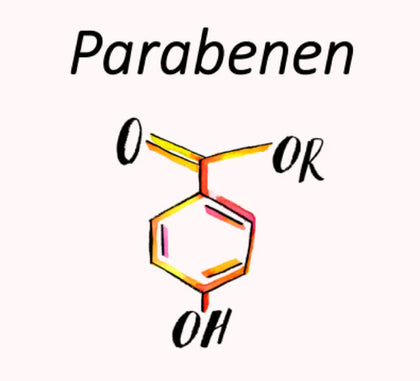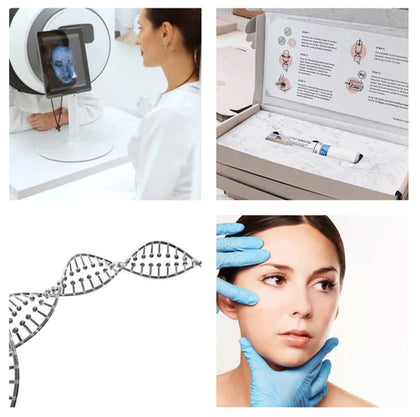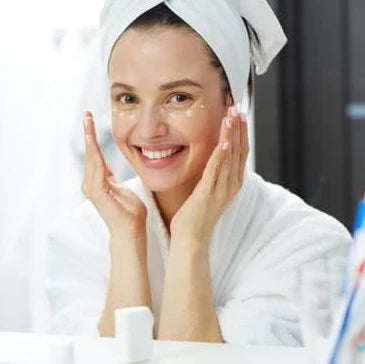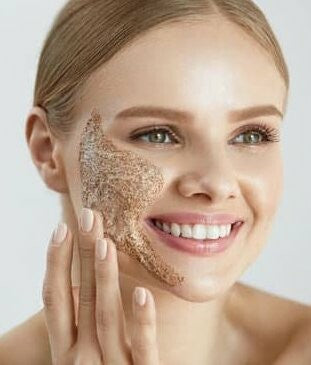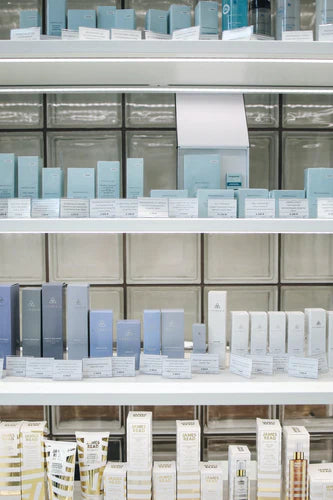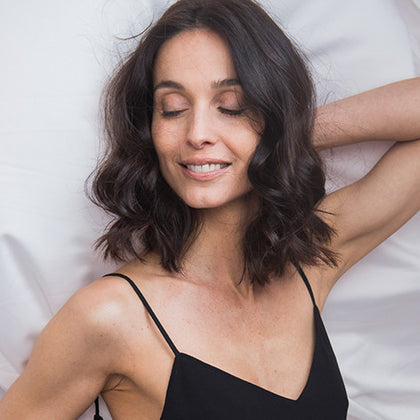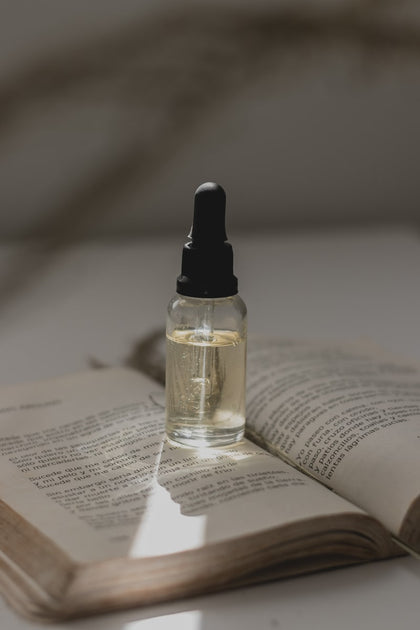Behandelingen voor hyperpigmentatie
Reducing pigmentation spots on the skin is one of the top five most sought-after skin treatments. Not surprising since they are an important marker of skin aging and many women suffer from them. In the previous blog we discussed what pigment spots are and what causes them. In this blog we go deeper into the different treatments and what you can expect from cosmetics for pigmentation spots.
BETTER PREVENTED THAN CURED
As you could read in our previous blog about the development of dark spots , there is a strong link between the presence of dark spots on the skin and exposure to the sun . Pigmentation spots can be congenital or influenced by the hormones in our body, but in most cases they are caused by (prolonged) exposure to the sun . Our advice is to avoid the sun and protect your skin as much as possible from the sun's harmful UV rays. These 2 measures can greatly reduce the risk of pigmentation spots.

AESTHETIC TREATMENTS
Do you suffer from pigmentation spots? Then there are several treatments that can help reduce or remove these spots:

Microdermobrasion
Microdermabrasion is a kind of mechanic peeling. With a device the skin is vacuum sucked while aluminum micro crystals are sprayed on the skin. These aluminum crystals have a slightly abrasive effect on the skins, removing the dead skin cells from the top layer of the epidermis. The skin renews and pigment spots, wrinkles and scars become less visible.
Laser Therapy
Laser treatments are based on the principle of 'selective photothermolysis'. The laser emits an energy pulse that is specifically absorbed by the pigment into the skin and then destroys the pigment. The selective action ensures that the surrounding tissue is not damaged.


chemical peel
In a chemical peeling , the dead skin cells are "loosened" by the acid present in the cream, lotion or liquid. As a result, the skin renews itself faster and scars and pigment spots fade away. There are different types of chemical peels. For hyperpigmentation, the following chemical peels are most commonly used:
- AHA peeling (Alpha-Hydroxy-Acid)
- TCA peeling (Trichlor Vinegar)
- Salicylic Acid Peel
It is important to avoid exposure to sunlight after treatment and to use a high sun protection factor. The peeling makes the skin more sensitive to UV radiation. Also make sure that you have carried this type of treatment out in a professional environment. After all, aggressive peels can damage the skin and cause pigmentation spots. Some people have a higher risk of skin pigmentation after skin damage than others. Your risk can be read from your DNA using variations in matrix metalloproteinase (MMP) genes.
MEDICINAL TREATMENTS
Pigmentation following inflammation (eg acne) is often treated with prescription drugs. These drugs are prescribed by the dermatologist and contain one of the active ingredients listed below:
- Hydroquinone or hydroquinone (2%-4%): inhibits the production of melanin (pigment) in our skin and thus prevents the appearance of pigmentation spots.
- Azelaic acid (5%-20%): softens the outer layer of the skin (peeling effect) and reduces the production of melanin pigment in the skin.
- Corticosteroids: Ointments containing corticosteroids can reduce inflammation and discoloration of the skin.
- Tretinoin cream: Tretinoin (vitamin A derivative) causes the skin to renew itself faster. Tretinoin strengthens / accelerates the depigmentation of hydroquinone and are therefore often used together.

COSMETICS
Cosmetic products are also often used in the treatment of hyperpigmentation. The first possibility is the use of care products that contain bleaching or anti-pigmentation ingredients, for example:
- Vitamin C (>10%)
- Niacinamide or vitamin B3
- Liquorice root
- Hydroquinone (maximum 2% in non-prescription products)
- Kojic acid
- Retinol (>0.3%)
There are many products on the market but not all care products are equally effective. Look for products that contain a sufficiently high concentration of the active ingredients. And be realistic about what you can expect from these products. They can help reduce and even out pigmentation spots but they will never completely disappear.
In addition to bleaching ingredients, you can also camouflage spots on the skin with make-up (concealer, foundation and powders) or a colored day cream (BB or CC cream). Pay attention to the list of ingredients when you buy makeup. Choose mild ingredients that take care of your skin and do not irritate it. Not sure? Send us the list of ingredients.
At Nomige you can choose a tinted day cream . This cream contains all the nourishing and caring ingredients like the classic day cream, but also has a (light) brown tint which gives you a more even complexion and makes your pigment spots less visible. The day cream is available in 3 different shades , depending on your skin type. In addition, each day cream also contains a sun protection factor (SPF 15 or higher if desired) that protects the skin daily against harmful UV rays from the sun. Would you like to try a sample? Send us an email!

DNA based products
Your DNA is the core or the basis of your existence. It's the blueprint that makes you who you are.
Nomige will examine your genetic skin profile to see what your genes look like and what parameters you are at risk for. Nomige then chooses the right ingredients to compensate for these risks and develops your personalized DNA based products.
